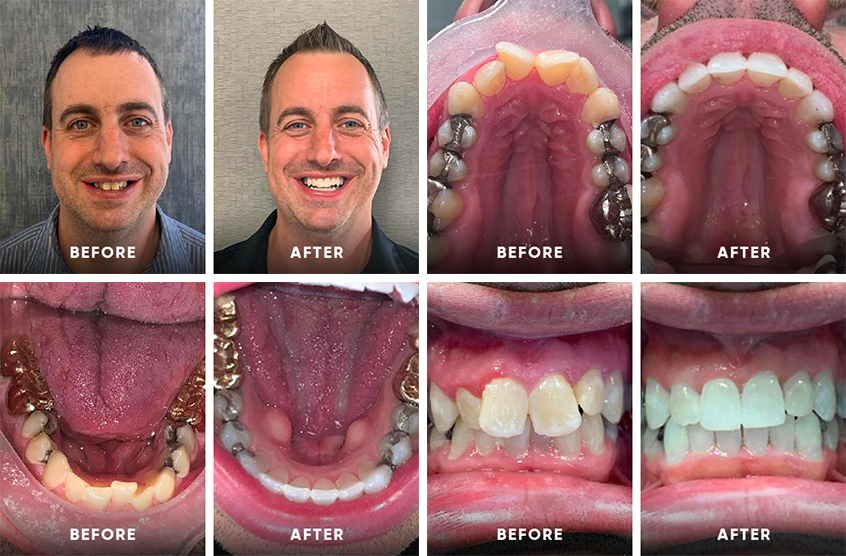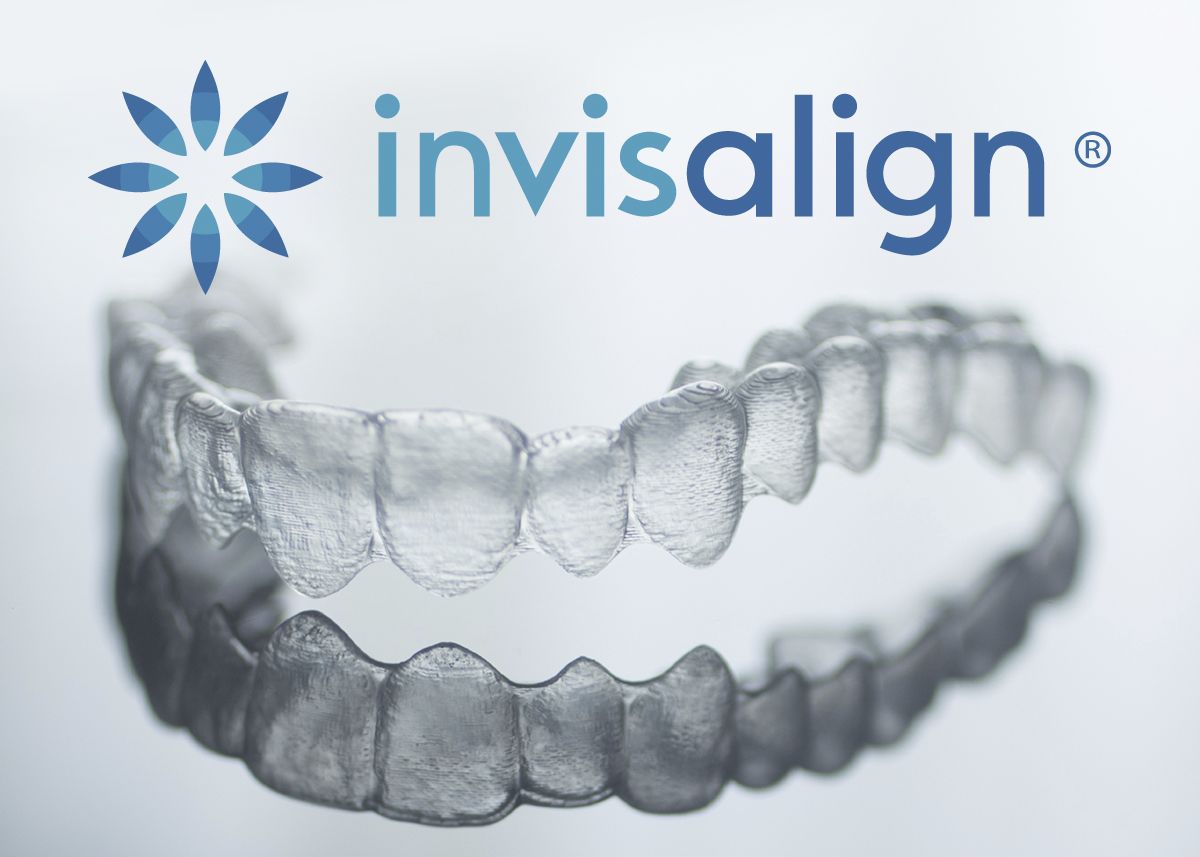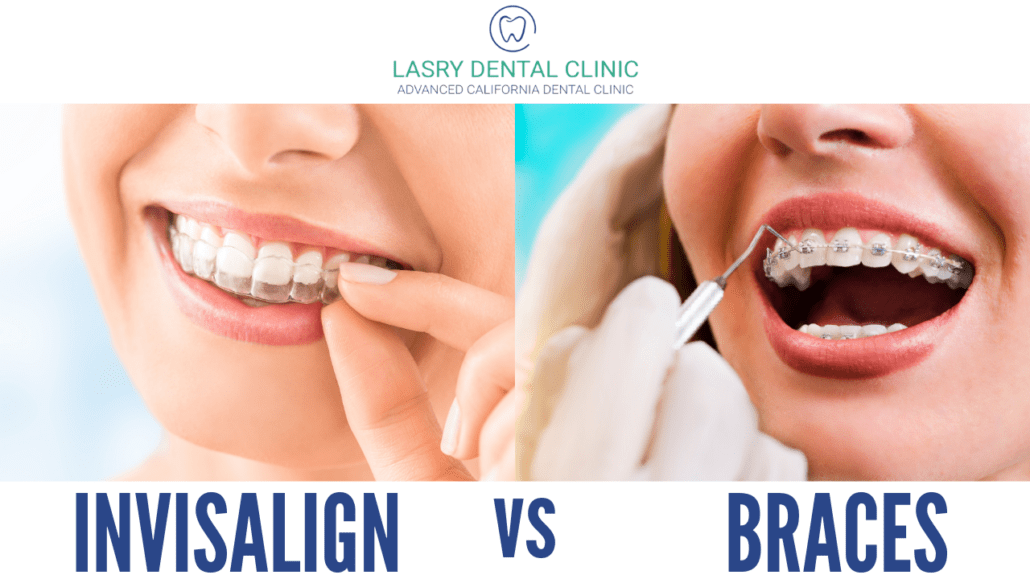The Ultimate Comparison: Invisalign vs. Traditional Braces for Grownups
The Ultimate Comparison: Invisalign vs. Traditional Braces for Grownups
Blog Article
Invisalign vs. Typical Braces: Which Option Is Right for You?
When taking into consideration orthodontic therapy, the option in between Invisalign and typical braces presents several crucial variables that warrant mindful evaluation. Invisalign provides a discreet option with removable aligners, while standard dental braces supply an extra noticeable yet reliable remedy for extreme imbalance.
Review of Therapy Alternatives

On the other hand, conventional dental braces are composed of steel brackets and cables that are bound to the teeth. This approach uses continual stress over time to accomplish placement. While reliable for complex orthodontic issues, standard dental braces call for normal gos to for modifications and can posture challenges in maintaining oral hygiene due to the problem of cleaning up around braces and cables.
Both choices have their qualities, and the selection often depends upon particular dental conditions, lifestyle choices, and patient conformity. Inevitably, consulting an orthodontic professional is crucial for determining the most ideal therapy strategy tailored to individual demands. Recognizing the nuances of each choice can considerably affect the overall success of orthodontic therapy.
Aesthetic Considerations
A substantial aspect influencing the choice in between Invisalign and typical dental braces is the aesthetic appeal each therapy uses. Invisalign aligners are crafted from clear plastic, making them practically invisible when put on. This very discreet appearance is specifically attracting adults and young adults who might really feel uncomfortable concerning their orthodontic therapy. The ability to keep a natural smile throughout the placement process can significantly boost the client's self-confidence in professional and social settings.
In comparison, traditional braces include metal brackets and cords, which can be more obvious. While advancements in orthodontic innovation have actually led to the advancement of smaller sized braces and tinted elastics, conventional braces still keep an even more conspicuous profile. For some individuals, the exposure of dental braces might deter them from seeking needed therapy.
Inevitably, the choice between Invisalign and conventional braces might pivot on individual choices regarding appearances. Patients who prioritize discernment typically favor Invisalign, while those who are less concerned about exposure may choose standard dental braces. Recognizing the visual effects of each alternative is crucial for making an informed choice that straightens with one's way of living and choices.
Convenience and Convenience

In regards to ease, Invisalign aligners are detachable, making it possible for people to appreciate their favored foods without constraint and preserve ideal oral hygiene. Cleaning and flossing are streamlined, as the aligners can be obtained throughout these routines, whereas conventional braces call for mindful navigating around wires and braces.
In comparison, conventional dental braces require regular modifications, making them less practical for those with busy routines. Overall, the comfort and comfort of Invisalign make it an appealing selection for many people looking for orthodontic treatment.
Therapy Duration and Efficiency
While both Invisalign and traditional braces are reliable in fixing oral imbalances, the duration of treatment can differ considerably in between both options. Normally, Invisalign treatment can take anywhere from 12 to 18 months, depending on the complexity of the instance. The clear aligners function by gradually moving teeth right into their wanted positions, and regular follow-ups with an orthodontist assistance make sure progression continues to be on the right track.
In comparison, traditional braces typically call for a longer dedication, usually ranging from 18 months click here for more to three years. This is due to their fixed nature and the use of brackets and cables, which can be extra reliable for extreme imbalances and complex cases (Invisalign). The treatment effectiveness of traditional braces is well-documented, as they enable precise adjustments and better control over tooth activity
Inevitably, the selection in between Invisalign and standard braces may depend upon both the anticipated treatment period and the details oral problems at hand. Consulting with an orthodontist is important, as they can supply tailored recommendations based upon private requirements, making sure the chosen approach aligns with preferred timeframes and results.
Cost Contrast and Insurance Policy Choices
Cost plays a significant duty in the decision-making process for people taking into consideration orthodontic treatment, whether choosing Invisalign or typical braces. Usually, the price of Invisalign varieties from $3,000 to $8,000, while traditional dental braces generally set you back between $2,000 and $6,000. Factors affecting these costs consist of the complexity of the situation, the duration of treatment, and geographical area.
Several dental insurance plans supply partial insurance coverage for orthodontic treatments, but the specifics can vary commonly. Normally, typical braces may be much more often covered by insurance coverage strategies contrasted to Invisalign, which some insurance firms classify as an aesthetic treatment.
Additionally, several dig this orthodontic practices provide versatile layaway plan, making both treatment options much more easily accessible. Individuals must ask about prospective financing options and discounts for upfront payments. Evaluating the complete price, consisting of insurance coverage benefits and payment plans, is essential for making an article source informed choice that aligns with both visual preferences and budget plan considerations.

Conclusion
In recap, the selection in between Invisalign and typical braces depends upon several variables, including aesthetic choices, comfort, treatment period, and cost. Invisalign supplies a discreet, removable alternative that helps with dental hygiene and dietary adaptability, while traditional dental braces might be much more appropriate for complex dental problems and often come at a reduced rate point. Eventually, examination with an orthodontist is vital to examine specific circumstances and identify one of the most ideal treatment option for accomplishing ideal oral placement.
When considering orthodontic treatment, the choice between Invisalign and standard dental braces offers numerous vital factors that merit cautious examination.Contrasting Invisalign and typical dental braces discloses distinctive therapy alternatives for orthodontic improvement.While both Invisalign and traditional dental braces are reliable in correcting oral imbalances, the period of therapy can vary considerably between the two options.Price plays a substantial duty in the decision-making procedure for individuals thinking about orthodontic treatment, whether opting for Invisalign or typical dental braces.In recap, the option between Invisalign and traditional dental braces hinges on multiple factors, consisting of visual preferences, comfort, therapy duration, and cost.
Report this page